The Bamboo Seed
Chinese Foxglove Seeds - Rehmannia angulata 'Rosy Purple'
Chinese Foxglove Seeds - Rehmannia angulata 'Rosy Purple'
Couldn't load pickup availability
Chinese Foxglove Seeds for Sale
- Quantity 100 Rehmannia angulata seeds
- USDA Zone 7-10
- Perennial flower seeds
- Rosy Purple Foxglove seeds
Growing Chinese Foxglove from Seed
Rehmannia angulata, commonly known as Chinese Foxglove or Di Huang, is a flowering plant species belonging to the family Orobanchaceae. It is native to China and is widely cultivated for its medicinal properties. Here is some detailed information about Rehmannia angulata:
Description: Rehmannia angulata is a perennial herbaceous plant that grows up to 1 meter in height. It has slender, erect stems with opposite leaves that are ovate to lanceolate in shape and have serrated edges. The plant produces tubular flowers that range in color from white to pinkish-purple.
To grow Chinese foxglove (Rehmannia elata) from seeds, follow these steps:
Obtain seeds: Purchase Chinese foxglove seeds from a reputable seed supplier or collect them from mature plants if available.
Stratification (optional): Chinese foxglove seeds may benefit from a period of cold stratification to enhance germination. Place the seeds in a moist paper towel, seal it inside a plastic bag, and refrigerate for about 4 to 6 weeks.
Prepare the soil: Choose a well-draining potting mix suitable for seed starting. Fill seed trays or small pots with the potting mix, leaving a little space at the top for watering.
Sow the seeds: Moisten the potting mix slightly, then scatter the Chinese foxglove seeds over the surface. Gently press them into the soil, but avoid burying them too deep. Lightly cover the seeds with a thin layer of potting mix or vermiculite.
Provide optimal conditions: Place the seed trays or pots in a warm location with indirect sunlight. Chinese foxglove prefers temperatures between 70°F to 75°F (21°C to 24°C). Maintain a consistent level of moisture in the soil by misting or using a spray bottle to avoid waterlogging.
Germination and seedling care: Chinese foxglove seeds typically germinate within 2 to 3 weeks. Once the seedlings emerge, ensure they receive bright, indirect light for healthy growth. Maintain a slightly cooler temperature range of 65°F to 70°F (18°C to 21°C).
Transplanting: When the seedlings develop a few sets of true leaves and are large enough to handle, gently transplant them into individual pots or a larger container. Use a well-draining soil mix suitable for flowering plants.
Gradual acclimation: As the seedlings grow, gradually expose them to outdoor conditions if you plan to transplant them into the garden. Start with a few hours of filtered sunlight and gradually increase the duration over a week or two.
Outdoor planting (optional): After the last frost date in your area, choose a suitable location in your garden that receives partial shade to full sun. Prepare the soil by loosening it and incorporating organic matter. Space the Chinese foxglove plants about 12 to 18 inches apart.
Watering and maintenance: Chinese foxglove prefers consistently moist but not waterlogged soil. Water the plants regularly, especially during dry spells. Apply a balanced fertilizer every few weeks during the growing season to promote healthy growth and flowering.
Blooming and harvest: Chinese foxglove plants usually flower in the summer. Enjoy their beautiful blossoms, and if desired, you can harvest the flowers for their medicinal properties. Cut the flowers just as they open, and dry them in a cool, well-ventilated area before use.
More About Rehmannia angulata Foxglove Seeds
Remember to check specific growing guidelines and adapt them to your local climate and conditions. Enjoy the process of growing Chinese foxglove from seed and watching the plants flourish.
Medicinal Uses: In traditional Chinese medicine (TCM), Rehmannia angulata is highly valued for its medicinal properties. The root of the plant is the most commonly used part and is typically harvested in autumn. It is believed to nourish Yin energy and tonify the kidneys, liver, and blood. Rehmannia angulata is used to treat various ailments such as anemia, dizziness, tinnitus, night sweats, soreness and weakness of the lower back and knees, and menstrual disorders.
Active Constituents: Rehmannia angulata contains various bioactive compounds that contribute to its medicinal properties. Some of the key constituents include iridoid glycosides (e.g., catalpol), phenylethanoid glycosides (e.g., verbascoside), and other phenolic compounds. These compounds exhibit antioxidant, anti-inflammatory, immunomodulatory, and hepatoprotective activities.
Research and Studies: Scientific studies have investigated the pharmacological effects and potential therapeutic applications of Rehmannia angulata. Research suggests that it may have neuroprotective effects, anti-diabetic properties, anti-cancer activity, and may help improve immune function. However, further studies are needed to fully understand its mechanisms of action and clinical applications.
Precautions and Side Effects: Rehmannia angulata is generally considered safe when used appropriately in recommended doses. However, it is important to consult with a qualified healthcare professional or a licensed TCM practitioner before using it, especially if you have any underlying medical conditions or are taking other medications. Like any herbal medicine, individual sensitivities or allergies may occur.
Availability: Rehmannia angulata is cultivated in various regions of China and is also exported to other countries for its medicinal value. It is available in various forms, including dried roots, powders, extracts, and herbal formulations prepared by TCM practitioners.
Perennial Flower Seeds
Seeds for Chinese foxglove produced a perennial herbaceous plant native to China that belongs to the Orobanchaceae family. This plant is highly valued for its ornamental and medicinal properties. It forms a rosette of soft, lance-shaped leaves and produces tall spikes of tubular flowers in shades of pink, purple, or white. The Chinese foxglove is a hardy plant that can thrive in a variety of soil types and light conditions. It is often used in traditional Chinese medicine to treat various ailments, such as diabetes, rheumatism, and inflammation. In addition to its medicinal uses, the Chinese foxglove is also a popular ornamental plant in gardens and landscapes, adding color and interest to flowerbeds, borders, and containers.
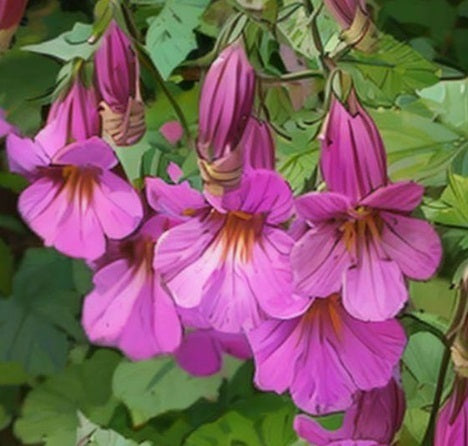
Collections
-

All Bamboo Seeds for Sale
Welcome to our catalog of bamboo plant seeds for sale including clumping...
-
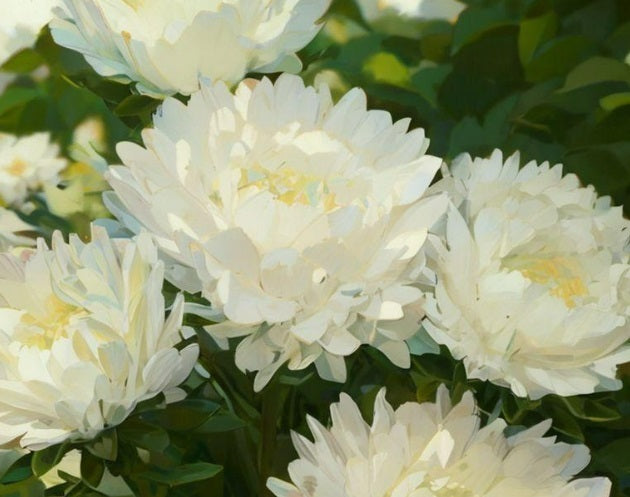
All Flower Seeds
All of our 2025 flower seeds are sold out. Please check back...
-
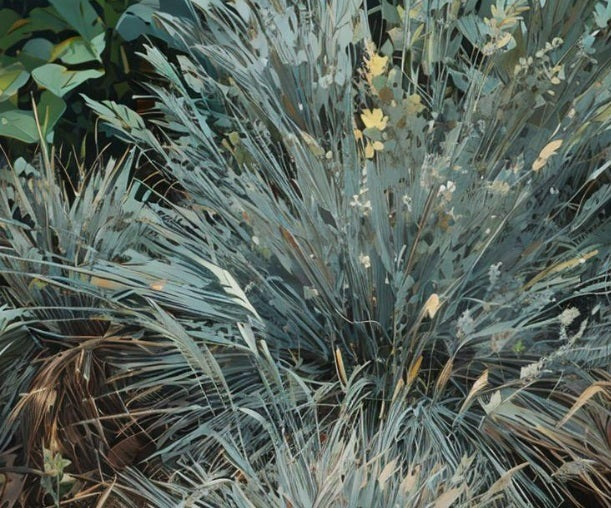
All Ornamental Grass Seeds
Grass has finally come into its own as a garden landscape centerpiece....
-
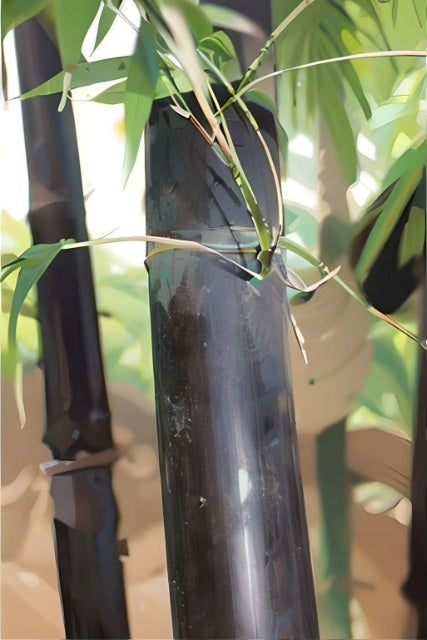
Black Bamboo Seeds
Consider Black Bamboo seeds for eye-catching bamboo varieties with lustrous black, dark...
-
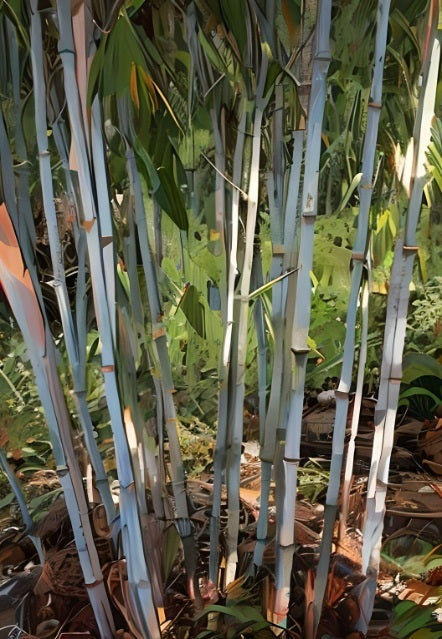
Clumping Bamboo Seeds
Clumping bamboo species grow in dense clumps or clusters that are naturally...
-
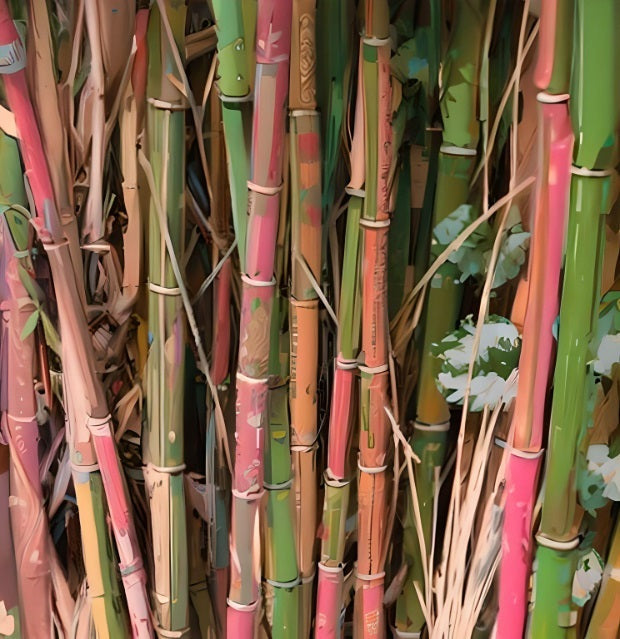
Cold Hardy Bamboo Seeds
A selection of cold resistant bamboo seeds for hardy bamboo able to...
-
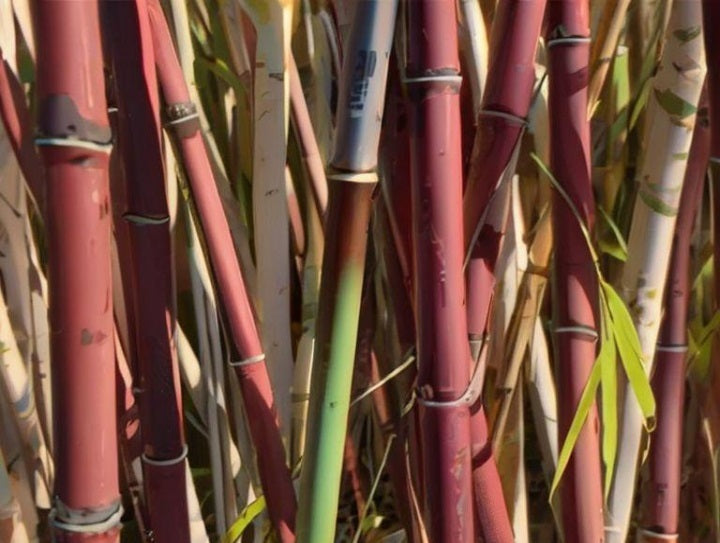
Fargesia Bamboo Seeds - Clumping and Cold Hardy
Buy bamboo seeds for beautiful cold hardy and clumping Fargesia bamboo. Our...
-
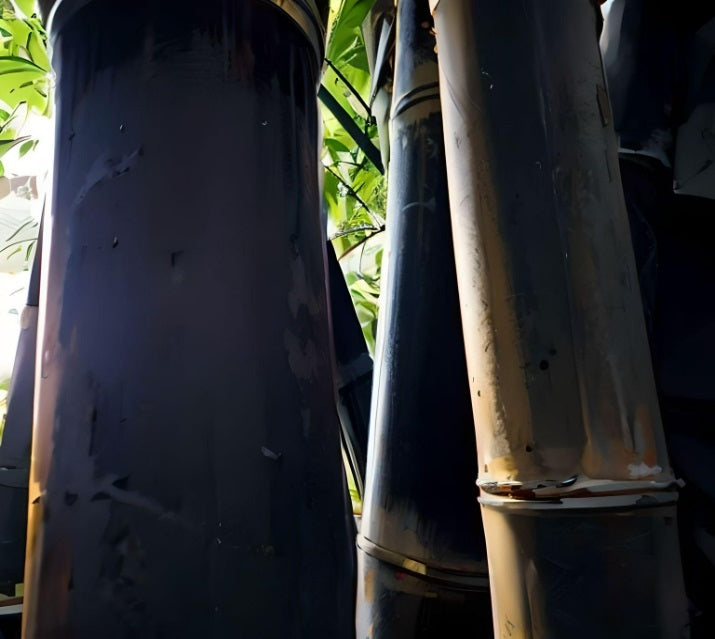
Giant Bamboo Seeds
When you're looking for impressive size with ample shade below, consider fastest...
-
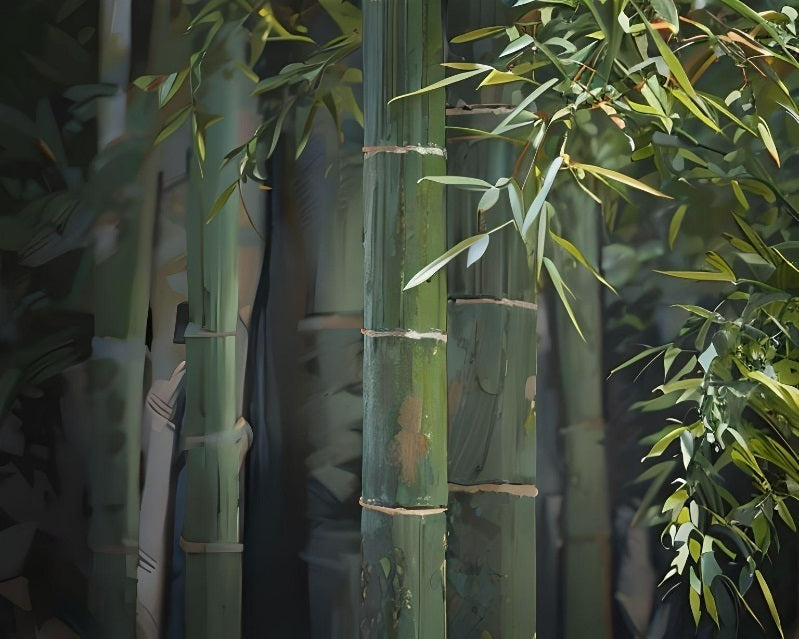
Running Bamboo Seeds
Running bamboo spreads through underground runners, known as rhizomes. These rhizomes can...
-
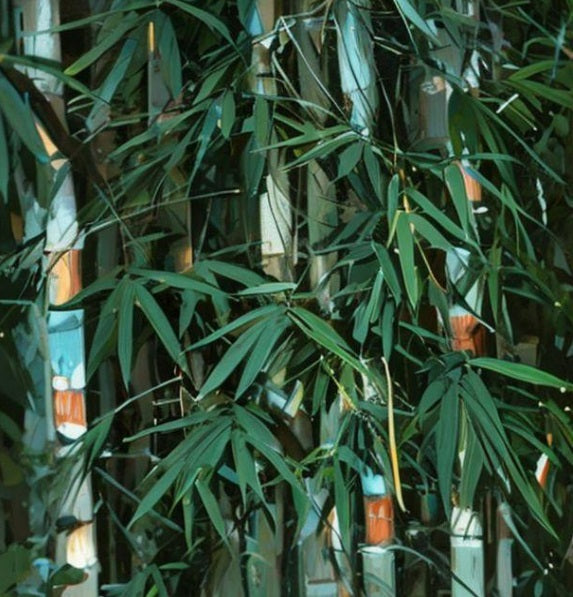
Tropical Bamboo Seeds
Our curated selection of tropical bamboo seeds best suited for planting in...











